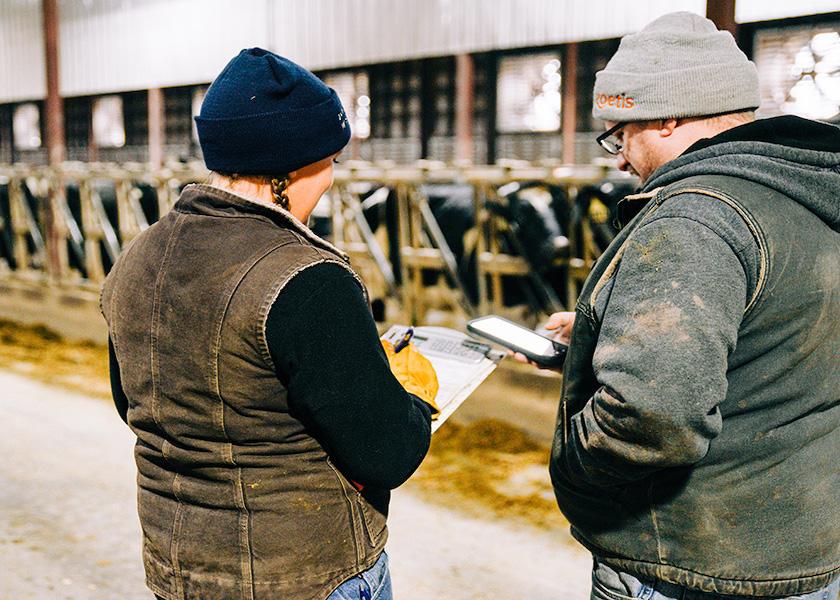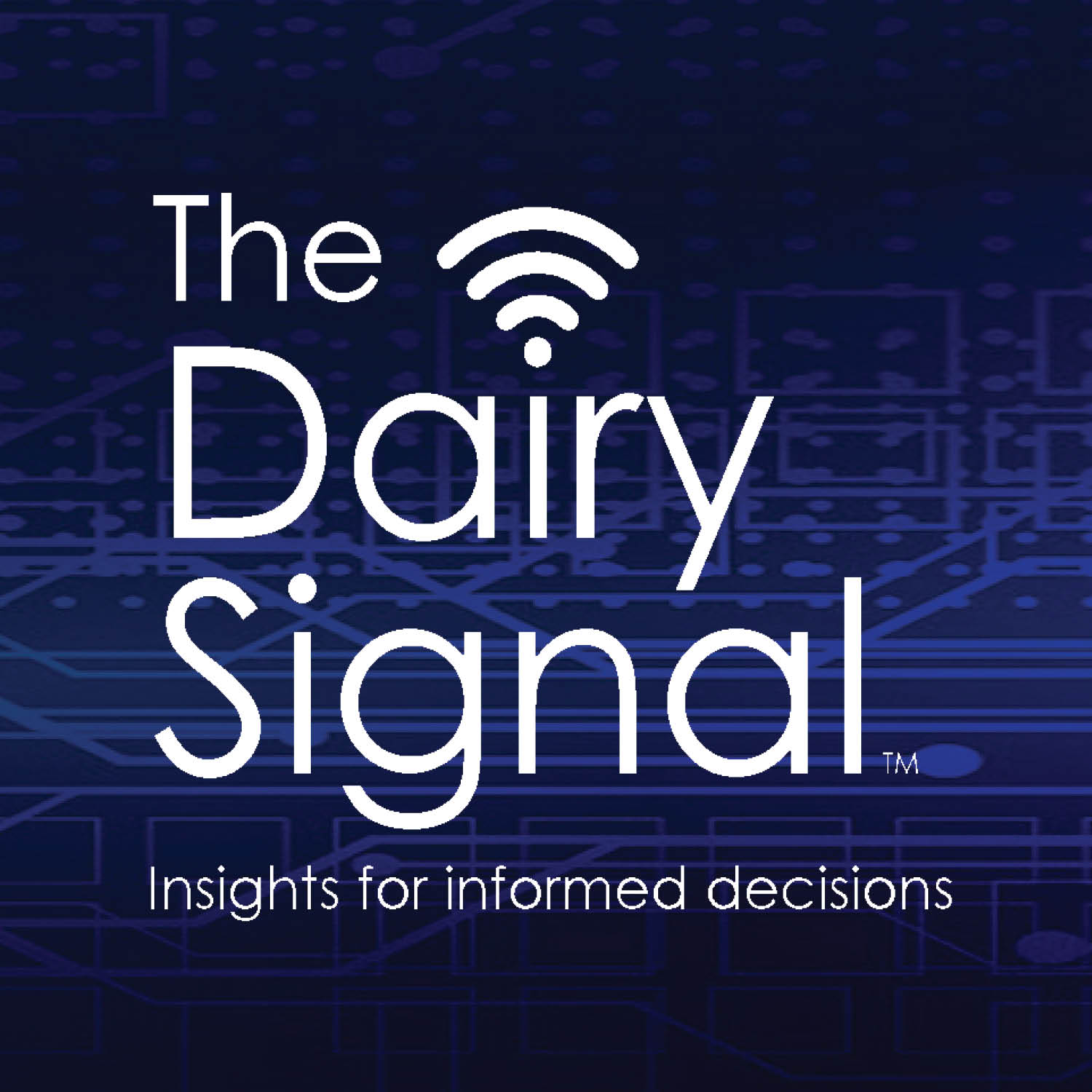Tips for Holding Financial Ground

Many dairy producers are in a stronger financial position than they were before the Covid-19 pandemic, according to three lending experts featured recently in an episode of PDPW’s The Dairy Signal™.
“Last year fixed a lot of ills from regulatory pressure due to financial repair done to balance sheets,” said Sam Miller, managing director of agricultural banking with BMO Harris Bank. Due to a combination of better economics on dairies and government payments, “working capital, income, cash flow and equity all improved last year.”
In addition to Miller, Tim McTigue, senior vice president of agricultural banking with Investors Community Bank and Jim Moriarty, director of dairy lending and dairy consulting with Compeer Financial shared their insights on the Dairy Signal episode “All You Need to Know in the Financial World.”
The trio agrees there are important steps producers should take to maintain or improve their financial standing. Moriarty notes that favorable interest rates are also contributing to producers’ current position of strength and stated many producers are thinking it’s time to restructure some loans.
“A number of farms put off reinvestment plans because construction costs were high,” Moriarty said, mentioning that producers are now thinking “‘Maybe it’s time for me to restructure some of my loans to build up liquidity for the uncertainty ahead.’”
McTigue offered some thoughts to help producers hold onto their financial position. “Lock in costs now to reduce some risk. We’re probably going to continue to see inflation on the rise,” he said. “Labor across the economy has been a challenge and has driven up costs around the state,” he added. “Do whatever you can to make it more attractive to work on your farm.”
The presenters also shared advice based on the top 25% of the most successful dairies and specific habits of those producers.
“They manage to the penny. They know their costs, what it takes to produce their milk and they know all their inputs,” said McTigue. “Another factor that often plays into this is where they’re processing their milk; there are variations.”
Miller agreed the top 25% focus on costs as well as the systems that go into determining those costs. In addition to considering key production and financial metrics “they’re looking at a macro dashboard,” said Miller, noting they ask questions such as “What’s going on in the world? What’s happening with currency rates? Where are supply and demand issues from a global perspective? What’s happening from an unrest perspective? What can derail where the markets are headed?”
Several other suggestions were given for positioning one’s dairy for success.
“Be involved with the processor in your area,” Moriarty offered. “What do they need and want? Cultivate those market opportunities and position yourself to be that preferred supplier of choice.”
McTigue emphasized paying close attention to the dairy’s break-even costs. “Know what it costs to produce milk, and reduce that as much as possible to make yourself as competitive as possible.”
Miller put in a plug for continuous education across multiple levels of the organization, noting that’s where producers will see even greater success. “When someone comes back and shares, you’ve just multiplied what they’ve learned.”
For the full discussion and conversations on risk-management tools, global volatility and the impact on finances, innovations to consider, benchmarks to implement and more, see the full episode here.
PDPW’s Dairy Signal airs each Tuesday, Wednesday and Thursday from noon to 1 p.m. CT, and viewers tuning in live can ask questions of the presenters. All episodes are available here free and downloadable in audio and video format.
Professional Dairy Producers® (PDPW) is the nation's largest dairy producer-led organization of its kind, focusing on producer professionalism, stakeholder engagement and unified outreach to share ideas, solutions, resources, and experiences that help dairy producers succeed.

The Dairy Signal™
Virtual programming airs 12:00-1:00 PM CT each Tuesday, Wednesday and Thursday. All episodes are available via download.







